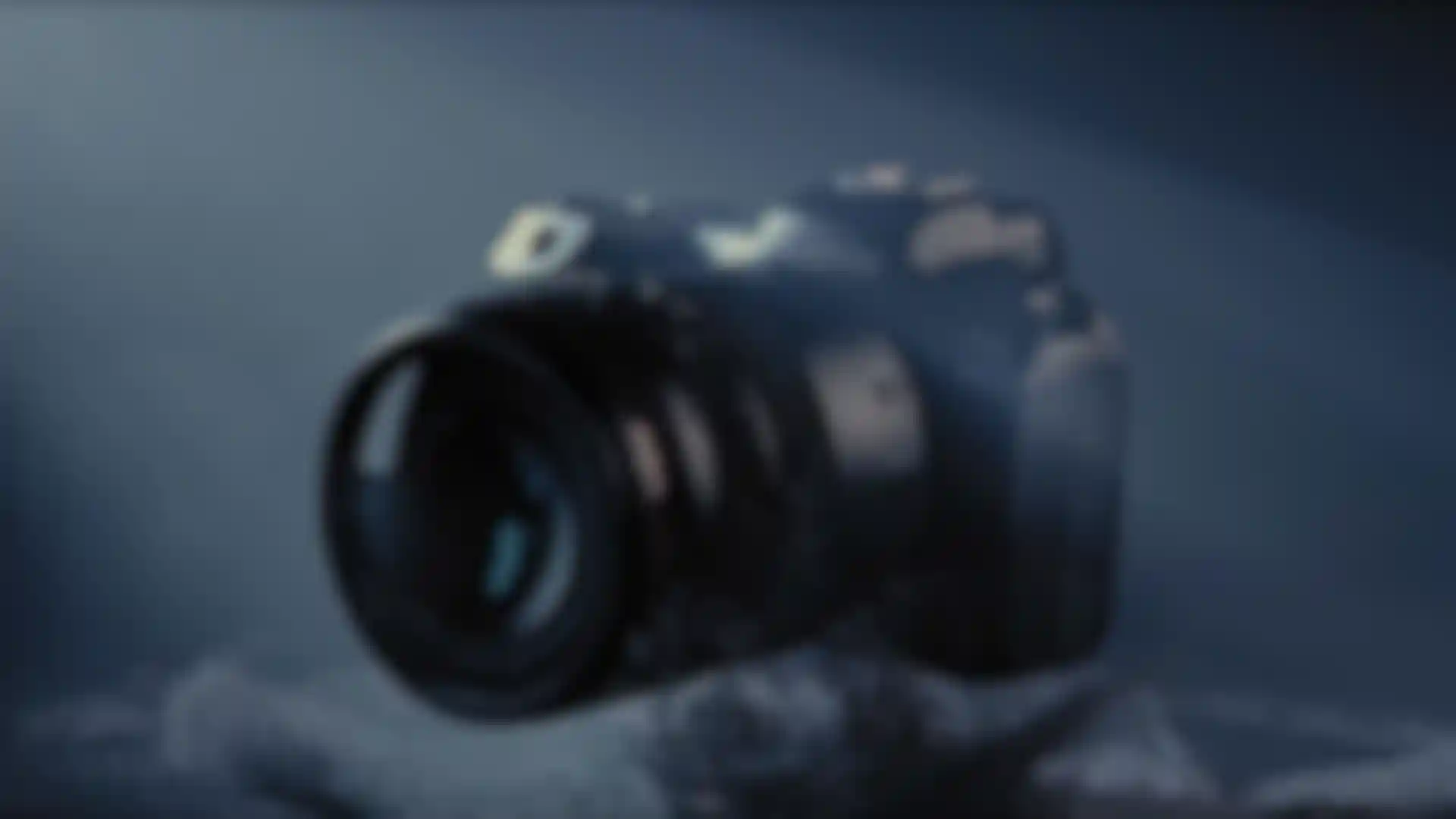
Born to Rule Masonry Studios explains how they used Maya, Houdini and Redshift to create a dramatic spot for CanonAsia.
When Singapore-based Masonry Studios was commissioned to create a 3D animated commercial for Canon, the whole team stepped up to create creatures, dust storms, tornadoes and product shots. Elegantly crafted, CanonAsia’s “Born to Rule” spot blends the power of nature and fantasy to showcase the camera maker’s full-frame mirrorless EOS R5.
Using Maya, Houdini, Redshift and Nuke, the team delivered the 30-second, full-CG commercial in just eleven weeks. From the start, Masonry Studios Founders and Creative Directors Ronald Fong and Nicholas Chia saw the Canon brief as an exciting opportunity for the 3D animation and motion design studio to push into creature work.
Fong, a trained character animator and experienced storyboard artist, was thrilled: “Prior to this project, we have periodically explored creature workflows and techniques in hopes of taking on a project like this, so we were very thankful for this opportunity.”
Crafting Creatures and VFX
Chia, a 3D generalist with CGI and special effects experience for film and advertising, helped scale-up Masonry’s eight-person team with freelance talent. And Fong, collaborating remotely with the client while Singapore was on lockdown, optimized the CGI pipeline for the project, running a mix of Ryzen and Threadripper workstations.
While they were well prepared to handle the project, the challenges they faced were considerable. “Creature and storm VFX work is a huge undertaking,” Fong recalls, explaining that R&D helped make the process more efficient. For example, the design team explored character animation and body mechanics of quadrupeds, small birds and butterflies.
The team also spent time creating a spiral-guided particle setup in Houdini for several shots of the product emerging from the sand. “It was well worth it for this project because we used the same setup for multiple shots and it was easy to make fine adjustments,” Fong says.
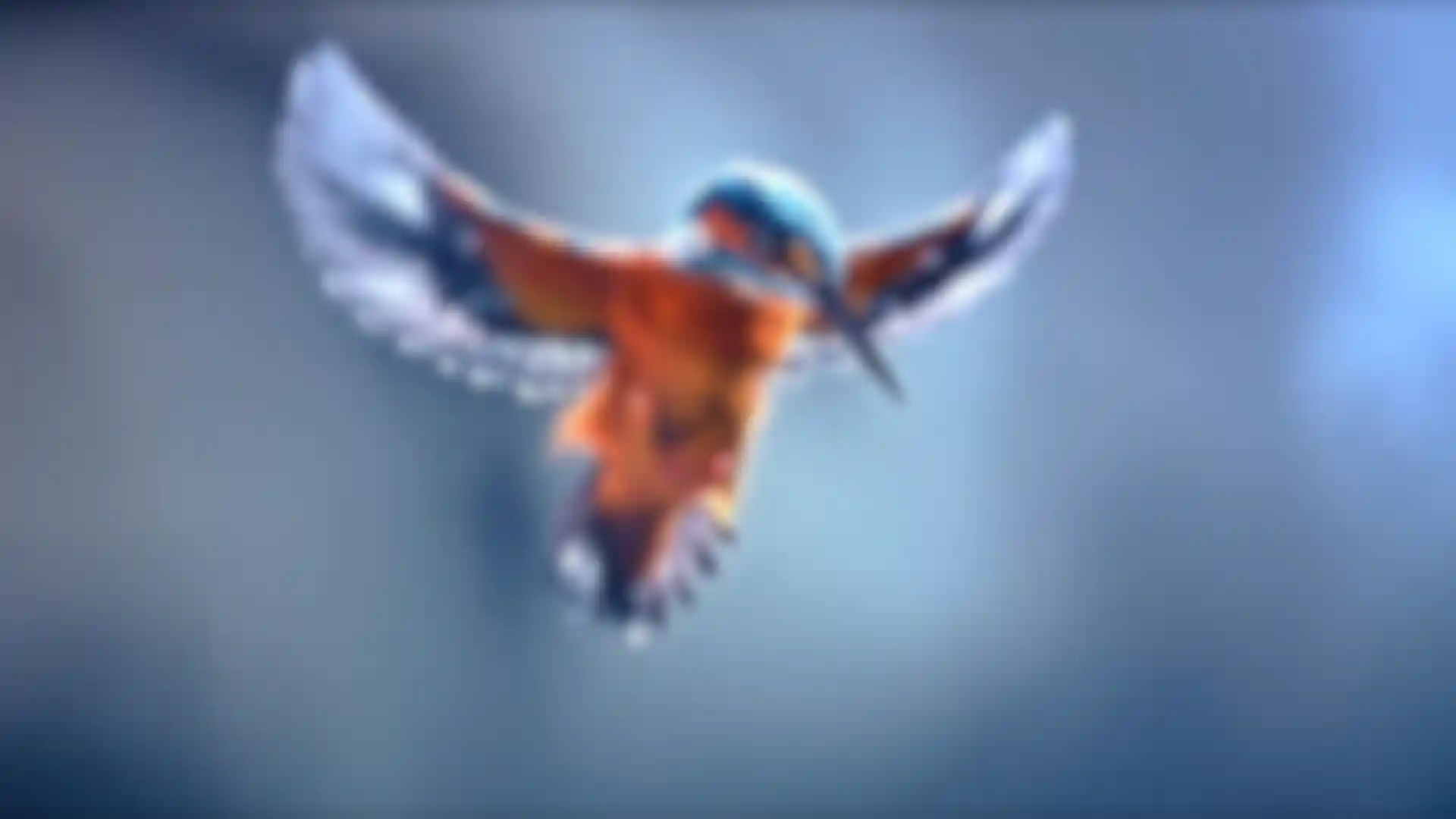
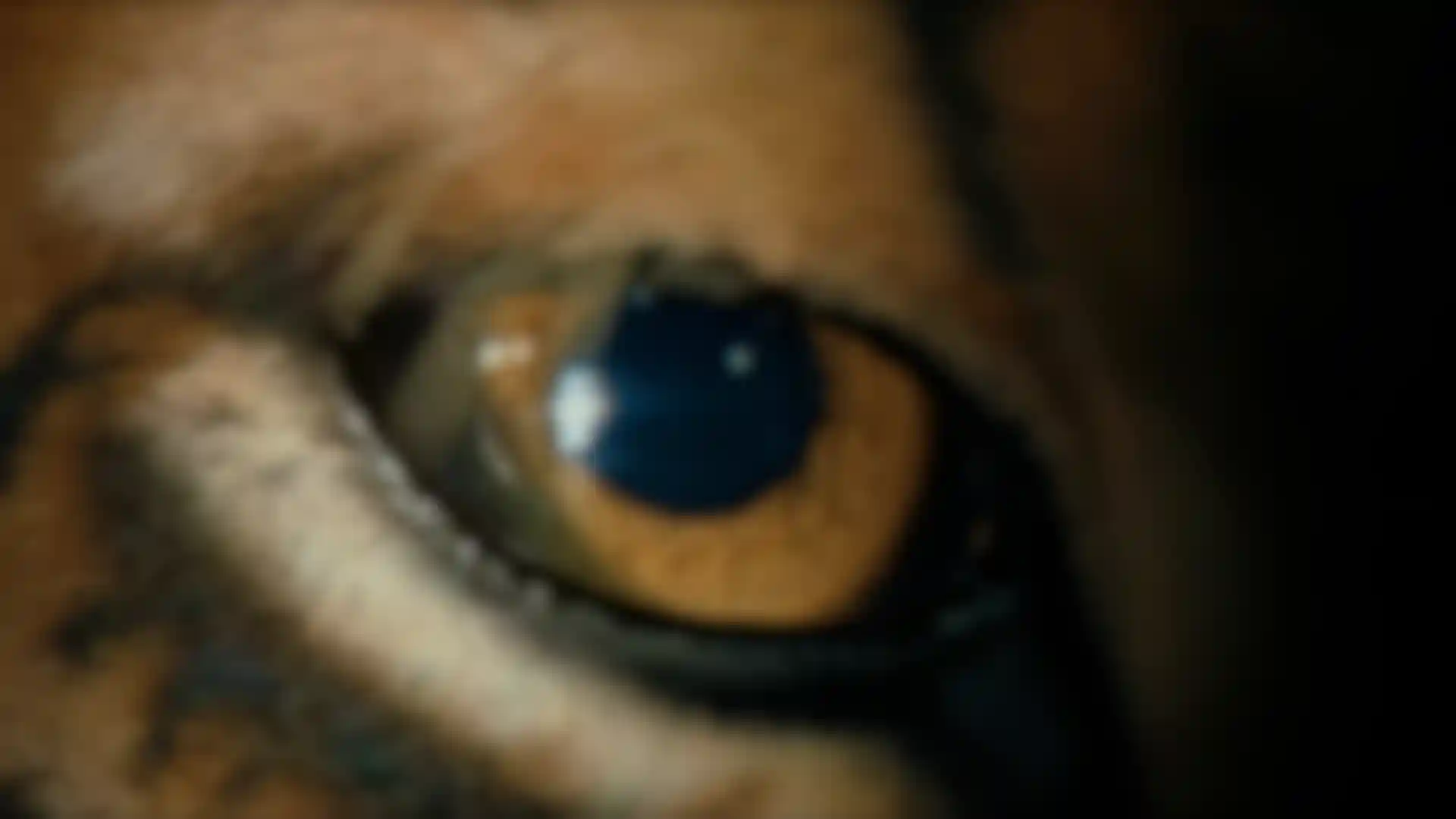
Creatures in the spot are notable for their hyper-real detailing and natural motion. Because of the tight timeframe, Masonry bought the models from TurboSquid and rendered them in Redshift with some minor tweaks. Maya’s XGen plugin was used to generate fur for the close up of the leopard’s eyes.
Knowing that realism was key to the success of the project, the team used Maya and Houdini to handle the 3D for the dust clouds with Redshift serving as “a reliable agent” to switch between the packages. Fong explains: “Most of the camera work was done in Maya and then we brought the scene into Houdini for dust cloud simulation and ground-interaction particles.”
“Redshift proxies were used to export the layers of dust cloud volumetric data and particles. We added displacement on the ground using real desert photo textures for added realism.”
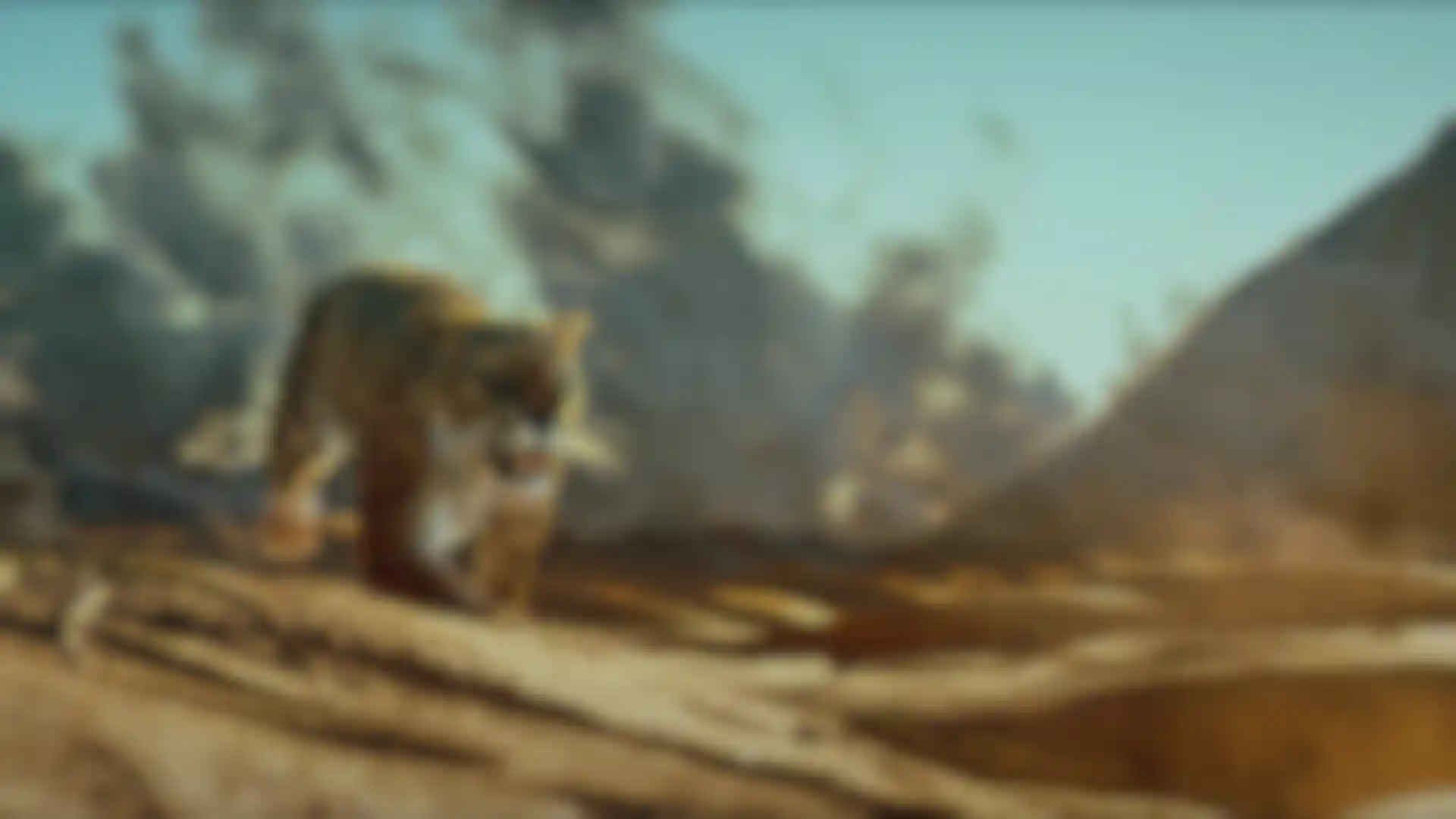
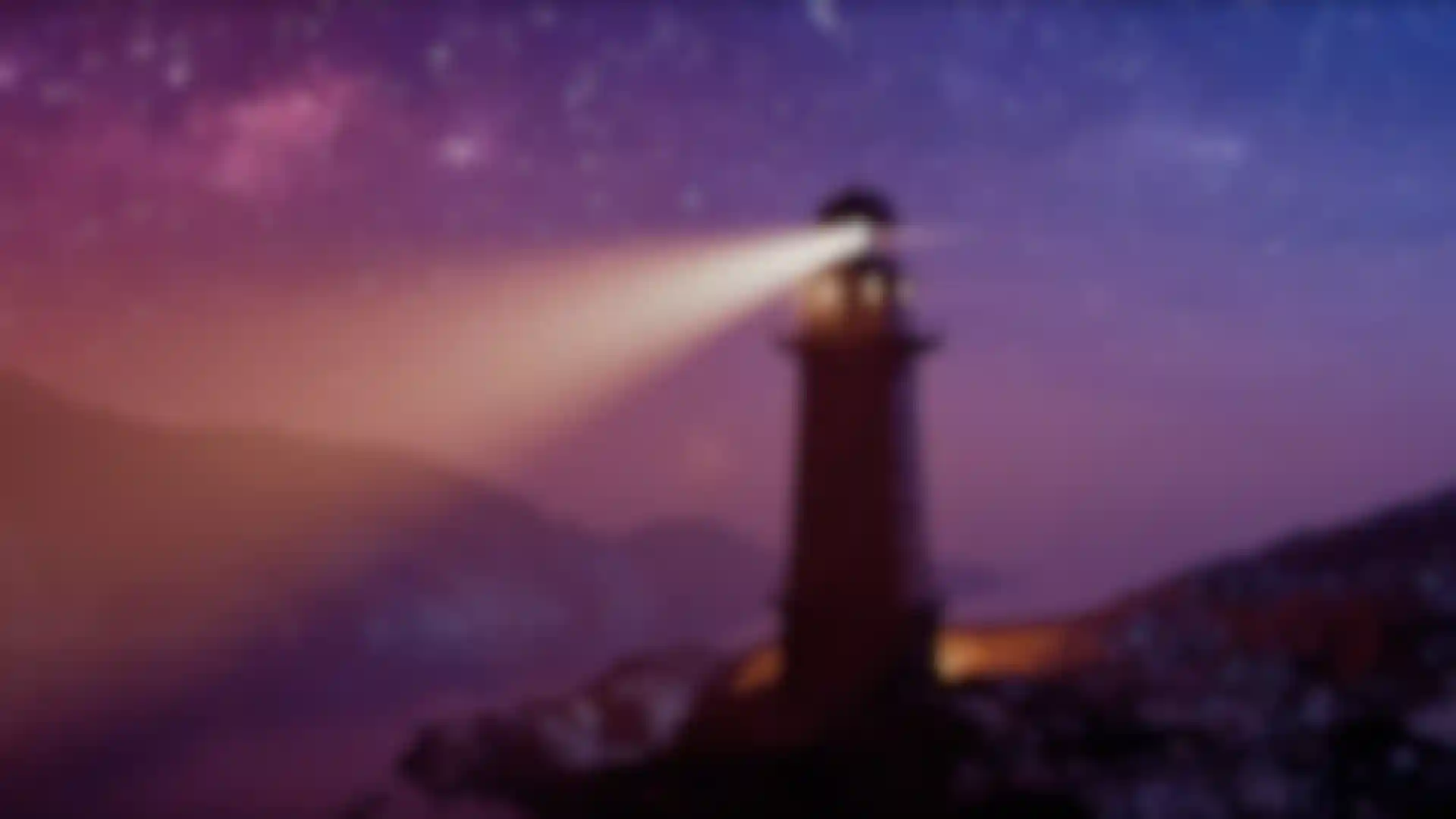
For the tornado sequence, the team found the amount of volumetric data a little daunting, but Redshift was a big help. “We intuitively stacked layers and layers of simulated dust clouds, based on the creative needs of the shot,” Fong recalls, and Redshift was still very responsive and quick to first-pixel in the VFX test renders.”
Because the spot’s storm concept required different scenes to highlight the camera’s features and durability, lighting was a key part of the project’s success. The trick was to keep the look cohesive despite the changing environments, Fong says. “Thankfully, Redshift gave us the ability to control per-light contributions to dial in the mood and fine tune the balance.
Moving Forward
Ultimately, Masonry’s first foray into hyper-real creature work has proved overwhelmingly successful. “We set out to be the top animation studio in Singapore, with the goal of working on an international level, and the successful completion of a complex project like “Born to Rule” serves as a huge confidence boost,” Chia says.
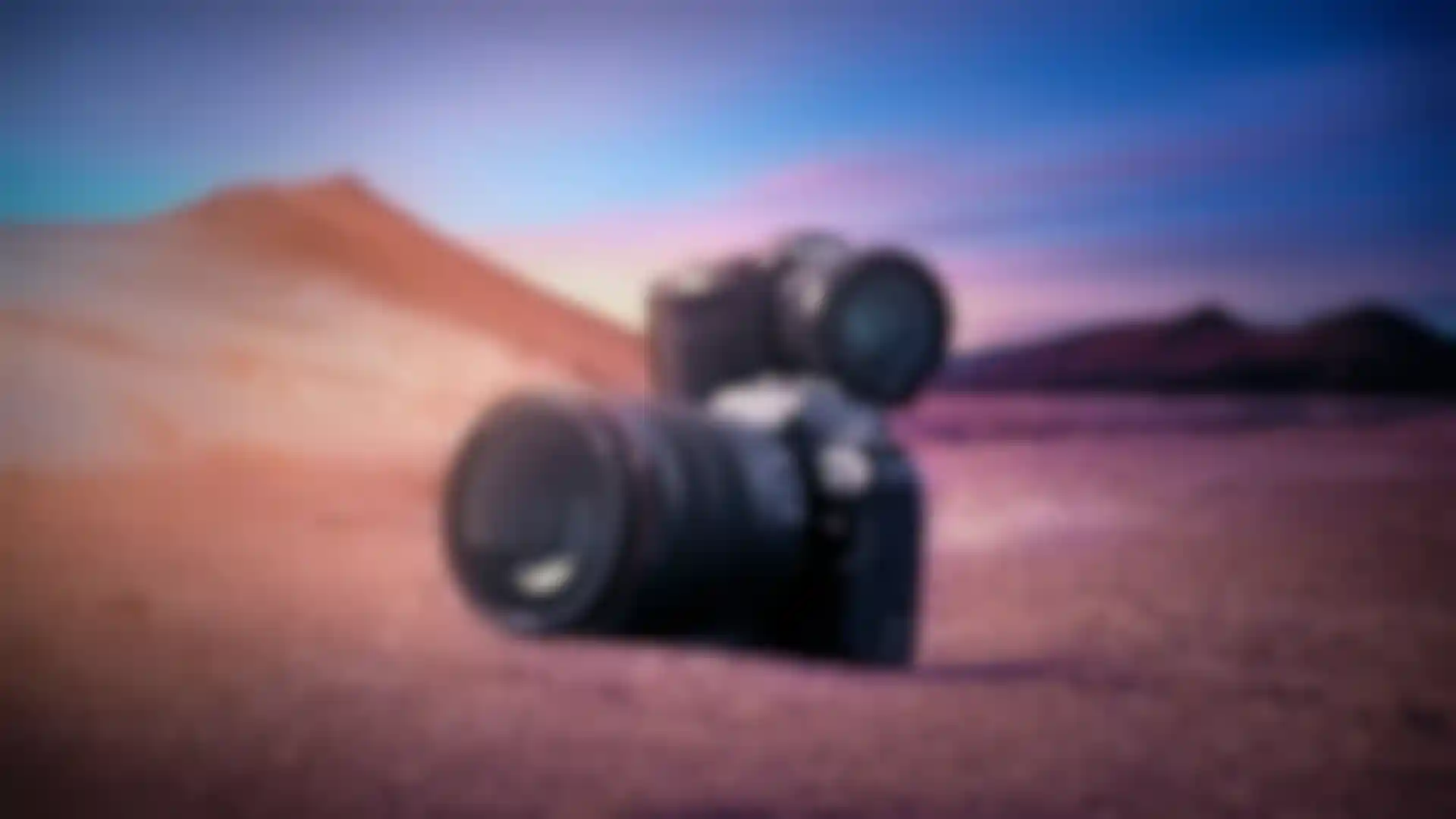
As the studio moves forward, Redshift will continue to play a role in both commercial and R&D projects, Fong adds: “Redshift’s seamless integration with our 3D packages; powerful, intuitive and easy-to-access shading nodes; and unified standard materials with handy material presets and post FX features, has definitely improved our creative exploration and decision making.”
With plans to open a new studio in the fall of 2021, Fong and Chia are looking forward to expanding the studio’s creative services. They also plan to increase R&D into emerging imaging and animation technologies, including motion capture and AR/VR and virtual production.